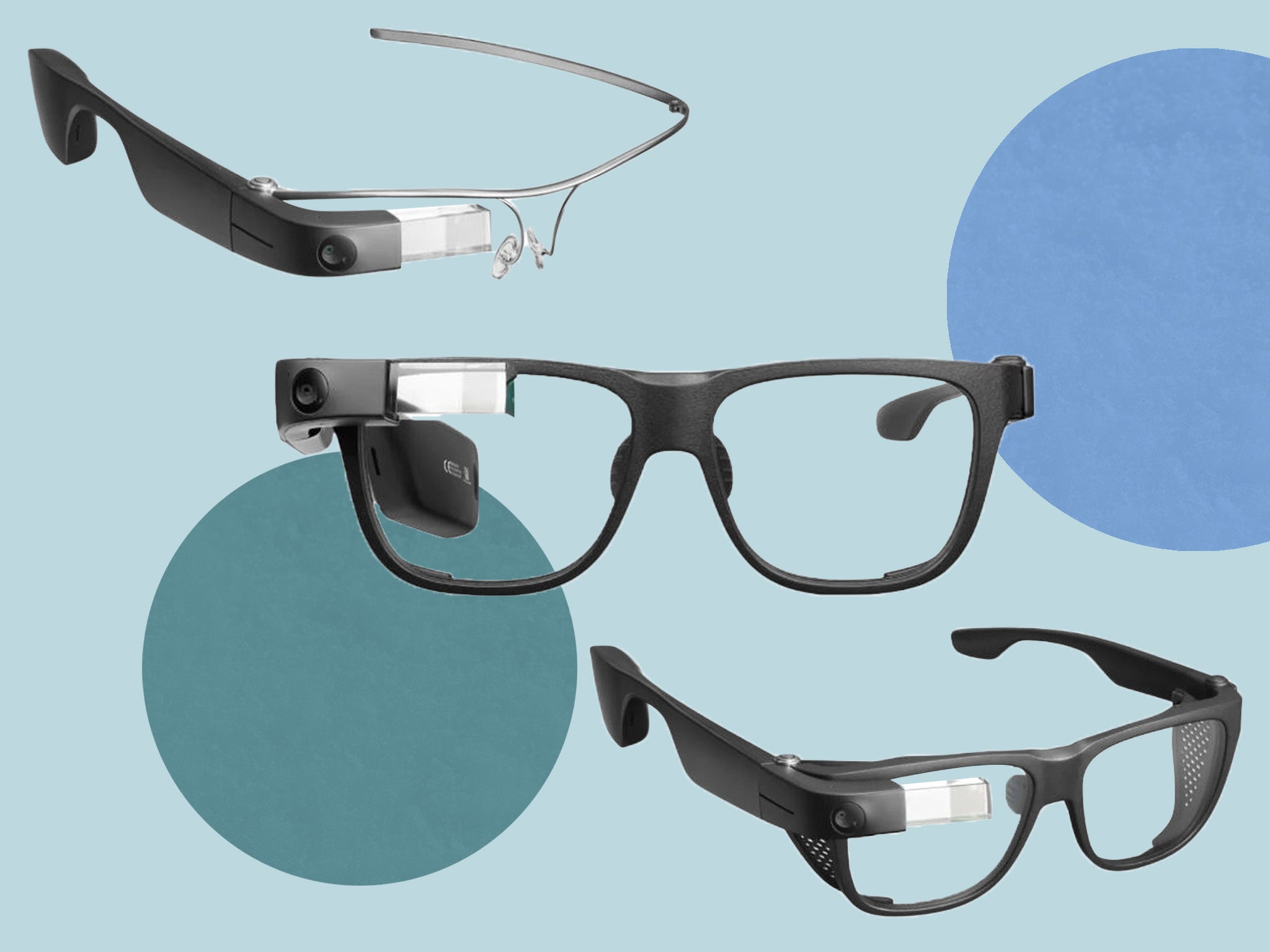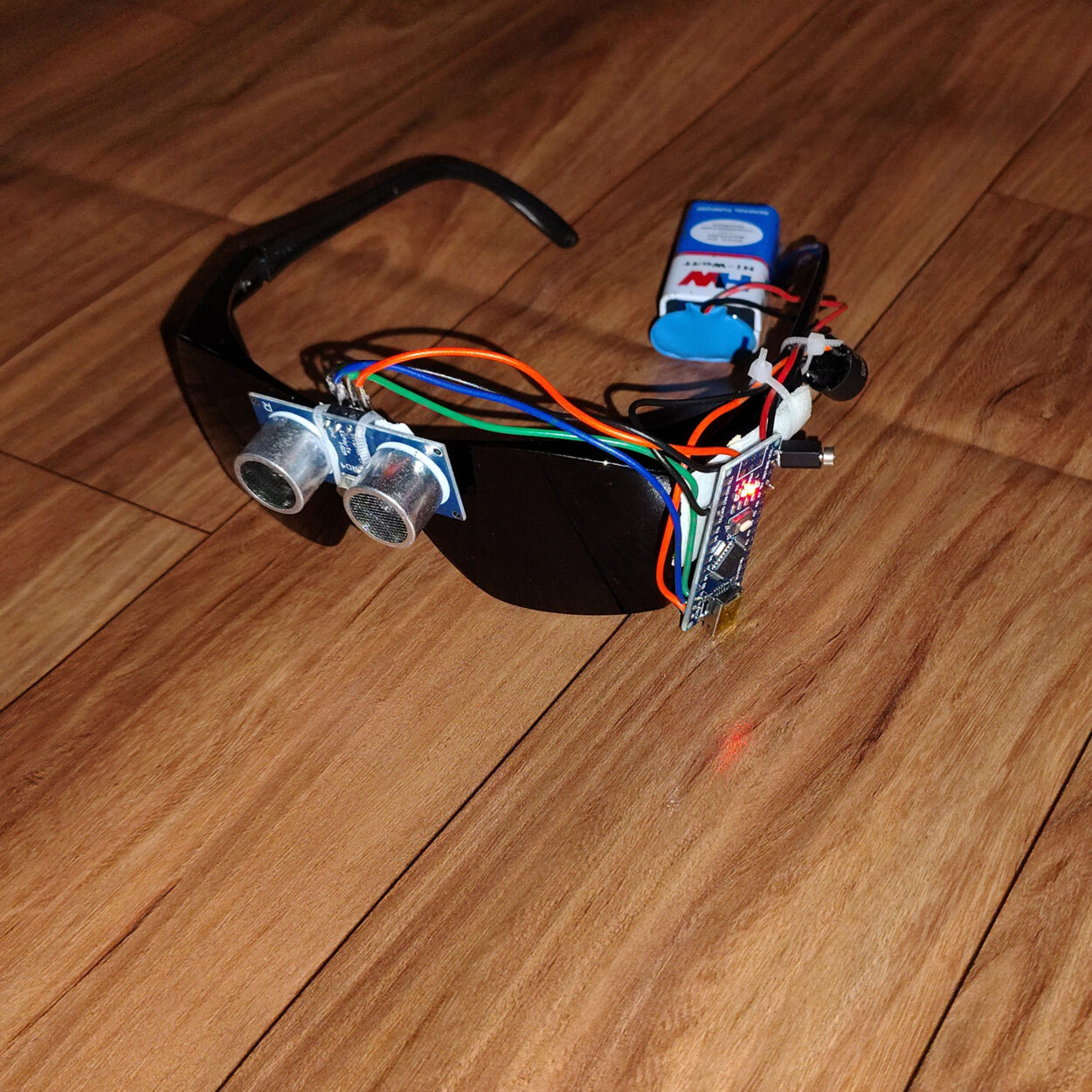Maximizing Efficiency with Screen Readers for the Blind: A Comprehensive Guide
Discover Advanced Assistive Tools for Individuals With Visual Impairments
The landscape of assistive innovation for people with aesthetic problems is developing quickly, offering a series of cutting-edge tools that improve autonomy and involvement (Braille displays and notetakers). From clever glasses that perfectly combine visual input with acoustic assistance to innovative navigation applications that redefine spatial recognition, these devices are reshaping possibilities. Moreover, the most up to date developments in Braille technology and voice-activated systems substantially add to availability. The effects of these growths extend much past simple performance; they challenge conventional perceptions of special needs and freedom. What might this indicate for the future of incorporation and assistance?
Smart Glasses Innovations
Smart glasses represent a substantial advancement in assistive modern technology for individuals with visual disabilities. Furnished with sensing units and cams, smart glasses can capture real-time aesthetic information, which is after that refined and conveyed to the user through audio feedback or haptic sensations.
Moreover, developments in expert system have better enhanced the abilities of wise glasses. Equipment discovering algorithms can identify faces, read message, and recognize objects, making them invaluable devices for daily tasks. Customers can receive acoustic signs that provide context concerning their atmosphere, fostering independence and self-confidence.
In addition, the ergonomic design and light-weight nature of several smart glasses make them ideal for prolonged usage, ensuring convenience while enhancing functionality. As these tools continue to evolve, they hold the potential to revolutionize the way people with visual impairments experience their lives, linking the void in between availability and modern technology. The continuous research and growth in this field assurance to broaden the opportunities for clever glasses, making them a necessary component of modern assistive devices.
Navigation Apps and Tools
Countless navigation applications and devices have emerged as essential resources for people with aesthetic problems, significantly improving their capability to pass through unknown settings. These innovations leverage GPS performance, audio signs, and real-time data to offer users with specific navigation support.
One prominent instance is the Aira application, which links users to skilled representatives who can provide visual descriptions of surroundings and navigation support with an online video clip feed. This solution enhances the user's spatial understanding and confidence while browsing. One more noteworthy device is Seeing Eye GPS, which provides voice-guided navigating and factors of rate of interest, allowing individuals to accessibility important information about their surroundings.

As modern technology continues to development, the development of a lot more sophisticated navigating tools guarantees to further encourage individuals with aesthetic disabilities, facilitating seamless mobility and integration into diverse environments. Such advancements are crucial in promoting a much more inclusive culture.
Braille Modern Technology Developments
In the last few years, advancements in Braille innovation have substantially transformed just how individuals with aesthetic disabilities gain access to info and involve with the globe around them. The development of mobile Braille screens has changed analysis by permitting customers to connect wirelessly to mobile phones, tablets, and computers. These gadgets convert text into Braille in real-time, allowing seamless communication with electronic web content.
Furthermore, ingenious Braille printers have arised, boosting the manufacturing of tactile products. Modern embossers are quicker and a lot more efficient, enabling for the quick production of Braille files and instructional products. This efficiency reduces the moment and expense related to generating Braille resources, making them extra available to companies and schools.
In addition, the combination of Braille with various other technologies, such as fabricated knowledge and machine learning, has actually opened up new methods for customized learning experiences. Voice recognition and synthesis technologies can enhance Braille, offering a comprehensive technique to information dissemination.
As the demand for inclusive education and learning and work environment atmospheres grows, these technological improvements play a critical role in equipping people with visual disabilities, ensuring they have equal access to info and possibilities in various facets of life.
Wearable Gadgets for Freedom
A growing selection of wearable devices is boosting freedom for individuals with aesthetic disabilities, supplying innovative solutions that boost navigation and day-to-day living. Braille displays and notetakers. These tools use advanced innovations to provide real-time responses and support, promoting freedom in numerous environments

Wearable modern technology likewise consists of smartwatches that can be set with accessibility features, allowing users to receive notices, track their places, or next page perhaps call for aid with the touch of a switch. Some gadgets include artificial knowledge to evaluate the setting, offering sound summaries of close-by items or people.
Voice-Activated Assistive Solutions
Leveraging voice-activated assistive remedies has transformed the landscape of assistance for people with visual disabilities, supplying hands-free communication and accessibility to a selection of tasks. These technologies use natural language handling and artificial knowledge to enable users to do day-to-day activities via basic voice commands.

Additionally, recent innovations in voice acknowledgment accuracy have actually boosted the individual experience substantially, suiting varied accents and speech patterns. This inclusivity guarantees that more people can gain from these innovations, fostering a better feeling of freedom.
Verdict
To conclude, the development of advanced assistive tools substantially enhances the freedom and lifestyle for people with visual problems. Developments such as wise glasses, navigating applications, Braille modern technology, wearable gadgets, and voice-activated services jointly foster a more comprehensive environment. These modern technologies equip customers to browse their surroundings with confidence and engage even more fully with the globe, ultimately promoting better ease of access and equivalent opportunities for people facing visual challenges.
The landscape of assistive modern technology for individuals with visual disabilities is advancing rapidly, providing an array of innovative gadgets that enhance freedom and involvement.Smart glasses represent a substantial innovation in assistive modern technology for individuals with aesthetic disabilities. As these gadgets continue to evolve, they hold the possible to transform the way individuals with visual disabilities experience their daily lives, connecting the published here space between accessibility and technology.In recent years, developments in Braille innovation have dramatically transformed how individuals with visual disabilities gain access to info and engage with the globe around them. These technologies empower customers to browse their environments with self-confidence and engage more totally with the globe, eventually promoting greater ease of access and equivalent chances for people dealing with visual difficulties.